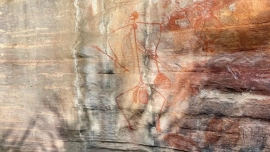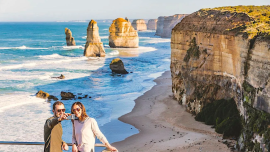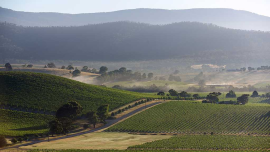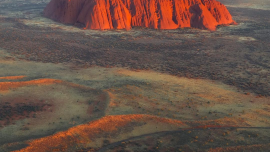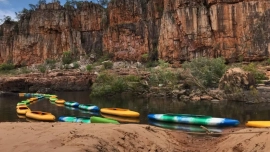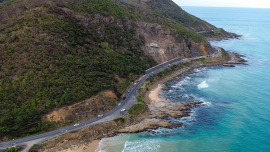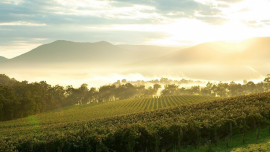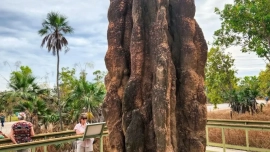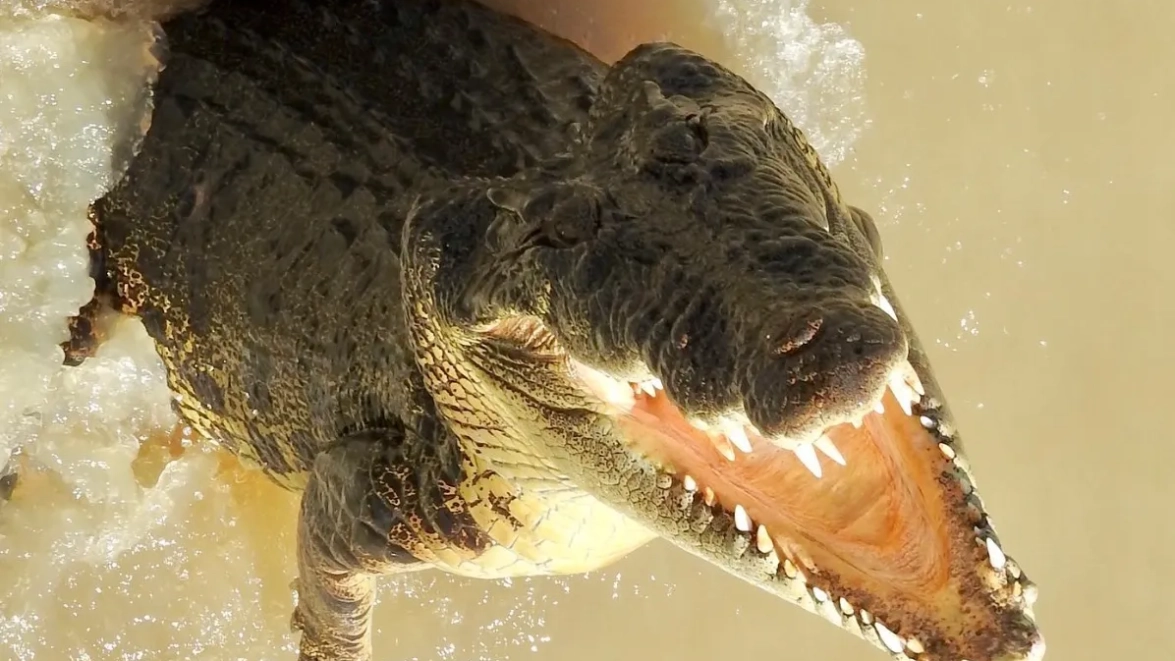
The Best Time of Year to Witness Jumping Crocodiles in the Wild
The Northern Territory, with its vast wetlands and wilderness, is one of the most exciting wildlife experiences in Australia – seeing jumping crocodiles in the wild. Whether you’re an adrenalin junkie or a nature lover wanting to see Australian wildlife, this is the ultimate experience. Visitors come to this region, especially around Darwin City, to see these amazing creatures in their natural environment. Crocodiles can be seen all year round, but certain times and places are better than others to see these incredible reptiles. Knowing the best time of year and the right places will make your experience even more unforgettable, so make it a lifetime memory.
Why Do Crocodiles Jump?
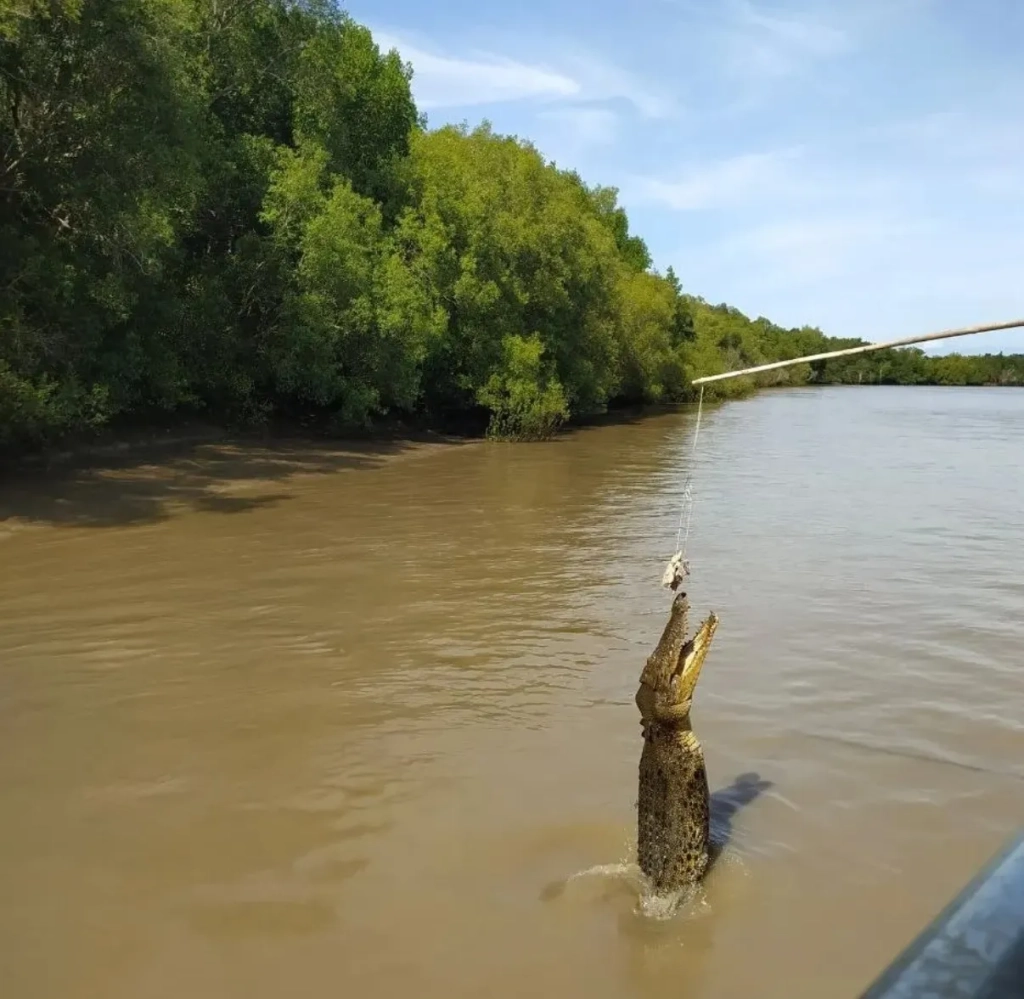
Crocodiles, especially saltwater crocodiles (also known as estuarine crocodiles) jump as part of their hunting technique and territorial behaviour. This apex predator has developed this skill to catch prey, like birds or small mammals, perched on low-hanging branches above the water. The powerful tails of these ancient creatures propel them out of the water, making it look easy. During crocodile cruises, like the ones on the Adelaide River, bait is used to encourage tourists to see this behaviour. It’s not just entertainment but an educational experience to see the predatory instincts and strength of one of the world’s largest reptiles.
Best Time to See Crocodiles
Planning a trip to see these wild animals requires consideration of the seasonal weather. At the same time, crocodiles can be seen all year round, their visibility and behaviour changes with the seasons. Knowing these patterns will help you choose the best time for your trip.
Dry Season (May to October)
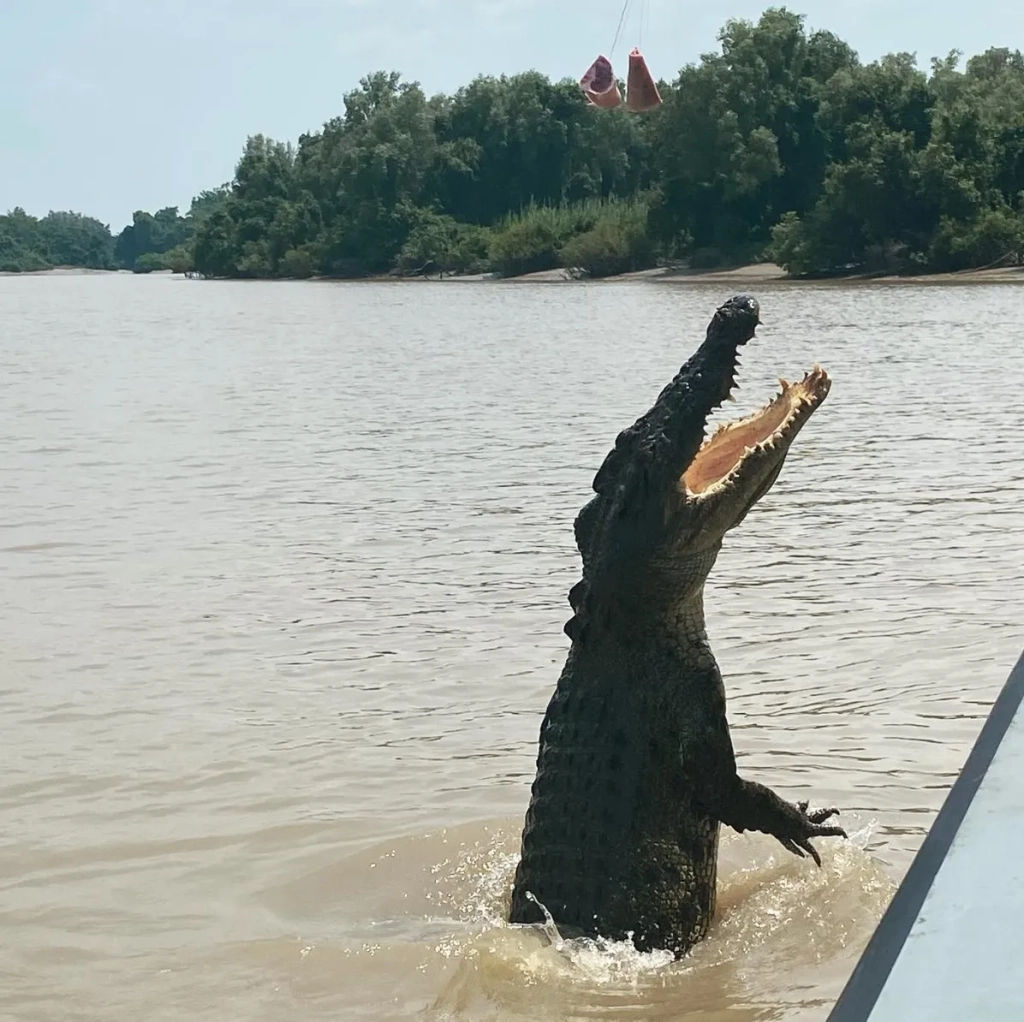
The dry season is considered the best time to see crocodiles. During these months, the water levels in rivers like the Adelaide and Mary Rivers are lower, so there is a higher concentration of saltwater crocodiles along the banks. The dry season also brings cooler temperatures and clearer skies, making it the perfect time for boat cruises. Crocodile cruises during this time will provide more consistent sightings and better jumps as the crocodiles will be more active in feeding behaviour due to limited food resources. This is also peak tourist season in Darwin City, where you can enjoy many attractions and accommodation options, such as the Hilton Darwin, Travelodge Resort Darwin, and Discovery Parks.
Wet Season (Nov-Apr)
The wet season brings heavy rain and greenery to the region but makes crocodile spotting more difficult. Rising water levels mean crocodiles can spread out over a larger area and are less visible. Although the chances of seeing jumping crocodiles are lower, the wet season offers a different perspective on the Northern Territory’s landscape and ecosystems. Park closures due to extreme weather are common and tours may be limited. If you’re willing to brave the wet season, Darwin FreeSpirit Resort and Ramada Suites Zen Quarter are great places to base yourself.
Best Months to See Jumping Crocodiles
June to August is the best time for jumping crocodile tours. Here’s a breakdown of the seasons:
| Month | Crocodile Activity Level | Tour Availability | Weather Conditions |
|---|---|---|---|
| January | Low | Limited | Hot, humid, frequent rains |
| February | Low | Limited | Wet, potential flooding |
| March | Medium | Moderate | Warm, wet, some accessibility |
| April | Medium-High | High | Transition to dry season |
| May | High | High | Warm, dry, accessible |
| June | Very High | High | Cool, dry, best visibility |
| July | Very High | High | Cool, dry, best visibility |
| August | Very High | High | Cool, dry, best visibility |
| September | High | High | Warm, dry, water receding |
| October | High | High | Hot, dry, lower water levels |
| November | Medium | Moderate | Hot, increasing rains |
| December | Low | Limited | Hot, humid, heavy rains |
Best Places to See Jumping Crocodiles
The Northern Territory has several top spots to see crocodiles jump out of the water. Each location is different, so you can find one that suits your preferences and fitness level.
Adelaide River
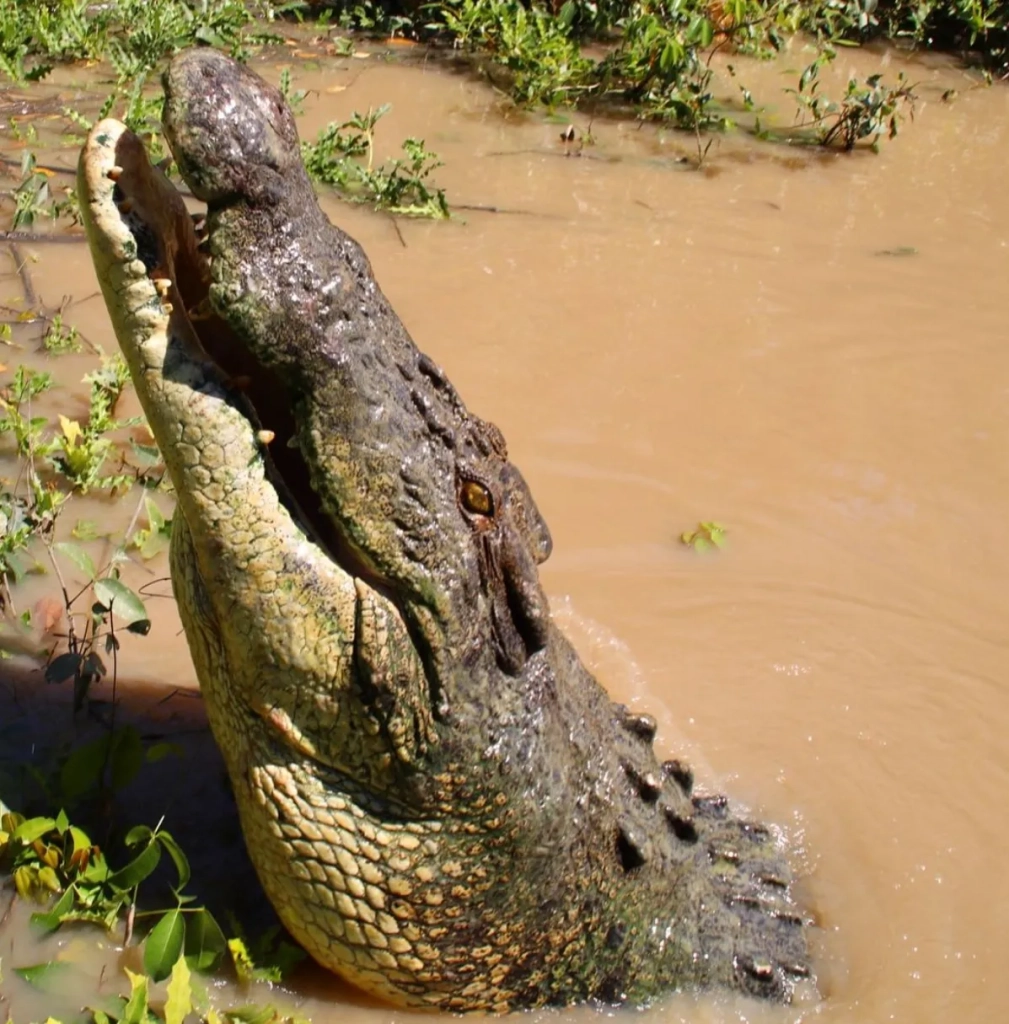
An hour’s drive from Darwin City, the Adelaide River is one of the most popular jumping crocodile tour locations. With a large population of estuarine crocodiles, this river has frequent sightings of these amazing animals. The Adelaide River Queen is a popular boat cruise partner that gets up close and personal with these monsters. Many tours include hotel transfers from popular hotels like Hilton Hotel Esplanade and Travelodge Resort Darwin, so it’s an easy day trip.
Mary River
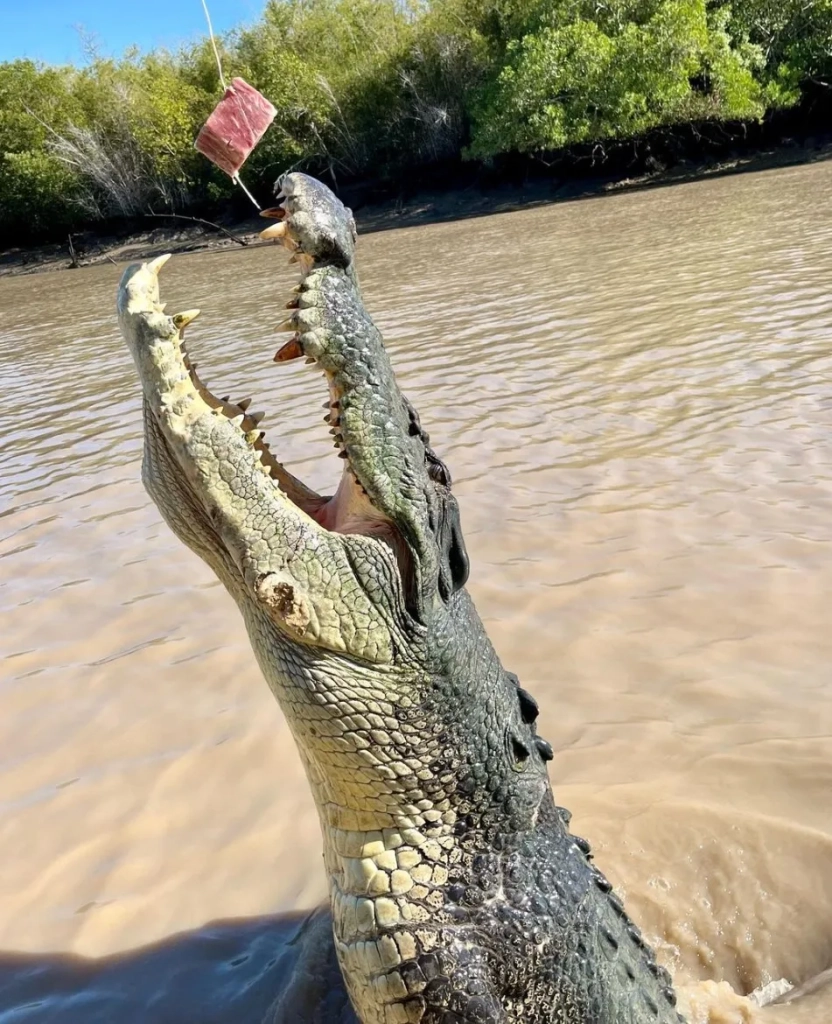
The Mary River area, near Kakadu National Park, is a less crowded but equally as good spot to see crocodiles. With a high concentration of saltwater crocodiles and beautiful landscapes, this area is more intimate and peaceful. It’s a great spot to combine your crocodile experience with a visit to Kakadu National Park’s natural and cultural attractions.
Kakadu National Park
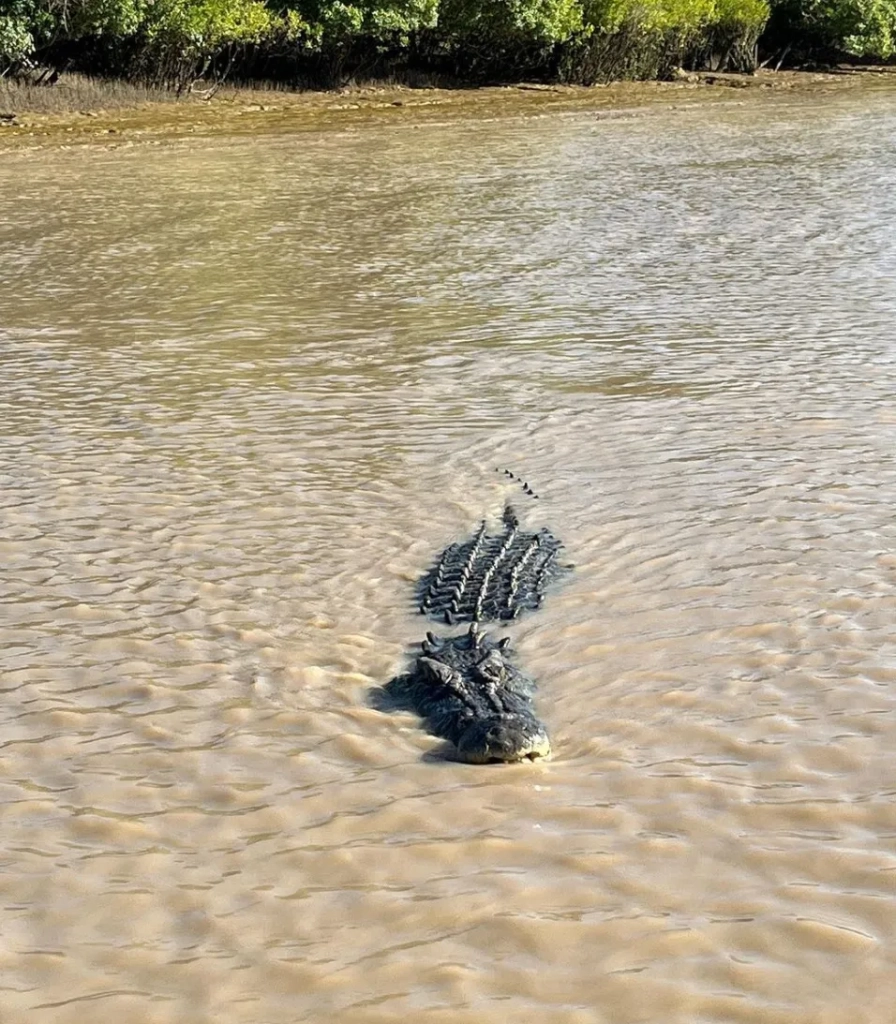
Kakadu National Park is not just about crocodiles; it’s a UNESCO World Heritage site with rich Aboriginal culture and history. While there are less organized jumping crocodile tours here, the park has both saltwater and freshwater crocodiles. Visitors can enjoy a full commentary on river cruises with experienced guides who often stop to view other animals and animal exhibits. The park’s seasonal weather and potential park closures during the wet season should be considered when planning your trip.
What to Expect on a Jumping Crocodile Tour
A jumping crocodile tour is around 1-2 hours and is an adrenaline-pumping experience to see these amazing animals in action. Boats depart from Marina Boulevard and travel along the Adelaide River or Mary River, which are great places to see crocodiles in their natural environment. Guides will provide full commentary and share interesting facts about these prehistoric monsters and other wildlife in the area. Many tours include hotel transfers from popular hotels like Mitchell Hotel Apartment and Rydges Palmerston – Darwin.
Safety Tips
When you’re in the wild with crocodiles, safety comes first. Here are the basics:
- Stay Inside the Boat: Don’t lean over the side or stick your body parts out of the boat. Crocodiles can launch themselves out of the water in a split second.
- Follow Your Guide: Always listen to your guide, they are trained to keep you safe and know crocodile behavior inside out.
- Don’t Swim: Never swim or wade in rivers, estuaries or areas known to have crocodiles. These waters are full of wildlife.
- Keep a Safe Distance: If you’re on your own, keep a safe distance from the water’s edge and areas with known crocodile sightings.
- Be Aware of Seasonal Weather: Extreme weather conditions like heavy rain or high temperatures can affect crocodile behavior and visibility.
Top Tour Operators for Jumping Crocodile Cruises
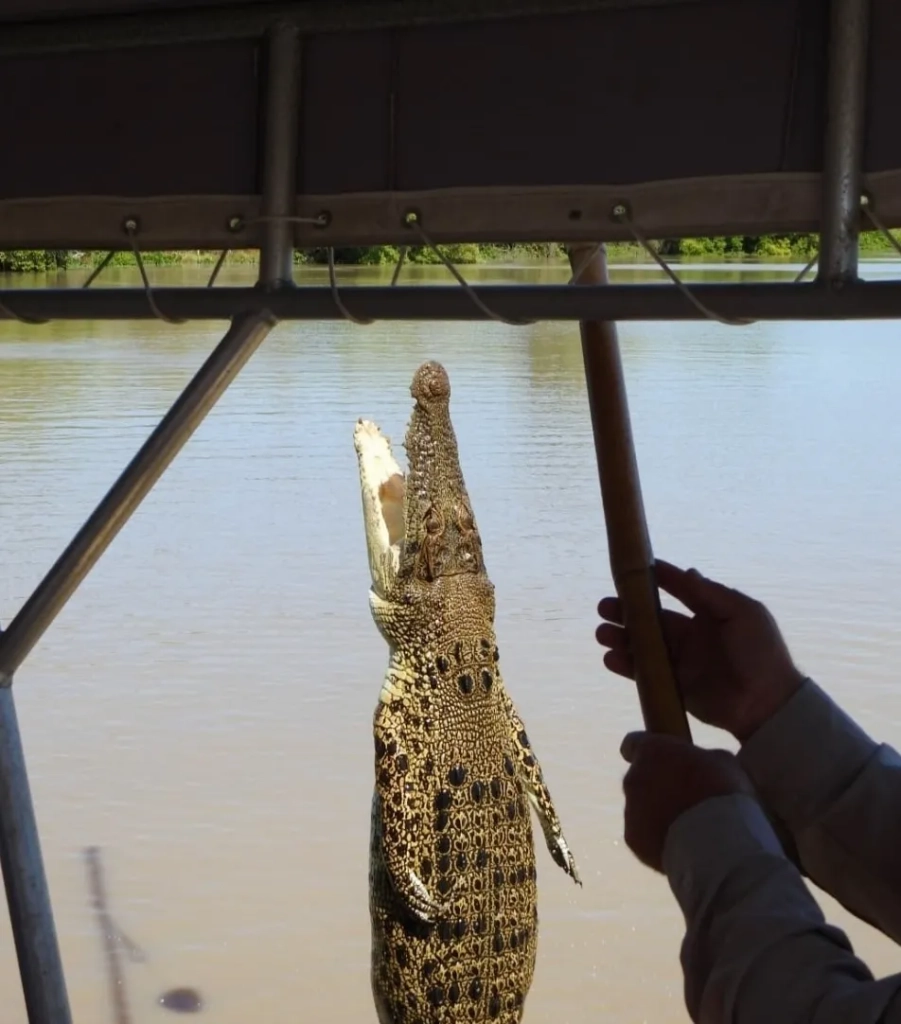
There are several tour operators offering jumping crocodile cruises, each with their own style and experience. Here are the best:
Jumping Crocodile Cruises
Running along the Adelaide River, Jumping Crocodile Cruises do several tours daily with experienced skippers who know crocodile behaviour. Their cruises get you up close and personal with these wild animals in action and an education about their habits and habitat.
Adelaide River Cruises
Adelaide River Cruises are known for their smaller, more personal tours. Their guides are crocodile conservationists and will give you full commentary throughout the tour.
Wildlife to see alongside crocodiles
While crocodiles are the stars of the show, the Northern Territory’s waterways are full of other wildlife. During the tour you may see a variety of birdlife such as Black Flying-fox, kingfishers and sea eagles. Other residents like wallabies and water buffalo can be seen grazing along the riverbanks. This is a real journey into the heart of Australia’s wild.
Photography Tips for the Best Shots
When shooting a jumping crocodile, remember:
- Fast Shutter Speed: Set your camera to a fast shutter speed to capture the movement.
- Zoom In: A telephoto lens will get you close-up shots without getting too close to the animals.
- Anticipate: Watch the crocodile’s body language and be ready to shoot as soon as it moves.
- Focus on the Eyes: Crocodile eyes are super expressive and make great images when in focus.
- Burst Mode: This will give you a series of shots and increase your chances of getting the shot.
Conclusion
Seeing jumping crocodiles in the wild is an awesome trip that’s full of excitement, education and a close-up with one of the world’s most feared predators. By choosing the right time, location and tour operator, you can have the experience of a lifetime and get a glimpse into the life of these incredible animals. Whether you’re on the Adelaide River, Mary River or Kakadu National Park, this will be the highlight of your Australian wildlife adventure.
FAQ
When is the best time to see jumping crocodiles?
The best time is during the dry season (May to October) when the water is lower and the crocodiles are more concentrated on the riverbanks.
Are jumping crocodile tours safe?
Yes, if run by professional operators who follow safety guidelines. Always listen to the guide and stay in the boat.
What should I wear on a crocodile tour?
Casual, comfortable clothing for hot weather. Don’t forget to bring a hat, sunscreen and sunglasses.
Can I see other wildlife on a crocodile tour?
Yes, besides crocodiles you may see birds, water buffalo and other animals on the riverbanks.
Do I need to book ahead?
Book in advance, especially during peak season to secure your spot and avoid disappointment due to high demand or bad weather.
